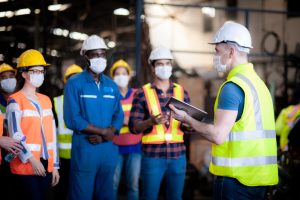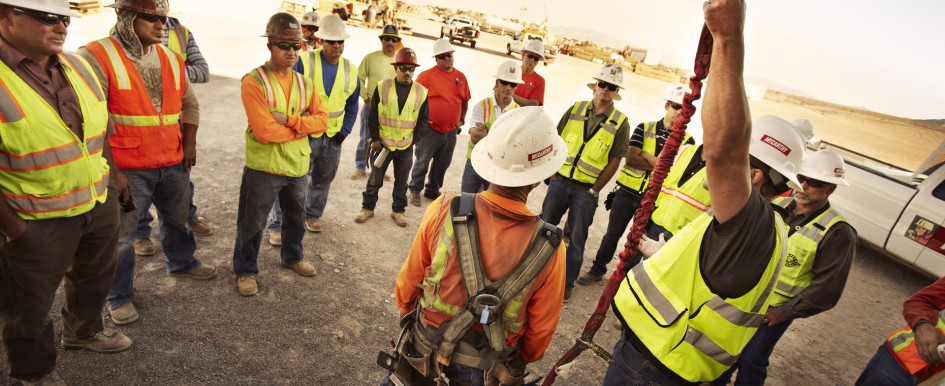The Safety-Engagement Nexus on the Construction Site

- Heightened Alertness and Risk Perception
Engaged construction workers are known for their heightened sense of alertness, which translates into a keen risk perception on the job site. When every worker is actively engaged in their tasks, the collective awareness acts as a shield against potential hazards. This is particularly crucial in the construction industry, where safety is paramount and even minor oversights can have severe consequences. By fostering a culture of engagement and vigilance, construction companies can help ensure the safety of their workers and the success of their projects.
- Proactive Safety Participation
In construction sites, the promotion of safety is contingent upon the active participation of all workers. When employees are engaged in their work, they are not mere bystanders but, rather, they take ownership of their responsibilities in maintaining a secure environment. This proactive involvement, which includes reporting near misses and suggesting safety improvements, serves as a critical linchpin in the prevention of accidents. By recognising the value of their contributions, construction workers are empowered to take greater ownership of their individual roles in ensuring a safe working environment.
- Communication and Collaboration on the Site
A construction project is a complex and multifaceted endeavour that requires a harmonious and collaborative effort from all parties involved. Effective communication is a crucial element that fosters seamless collaboration among the workers, enabling them to work towards shared goals and objectives. When communication channels are open, and the team is engaged, addressing safety concerns becomes a collective responsibility, ensuring a safer working environment for everyone involved.
- Training Effectiveness in a Hands-On Environment:
The construction industry is a highly practical field that requires hands-on involvement. Studies have shown that a committed and engaged workforce is more responsive to safety training that involves practical application. Whether it entails mastering new equipment or adhering to safety protocols, an engaged construction workforce is able to effectively absorb information and implement it, leading to a safer work environment.
Challenges on the Construction Site and How to Reinforce the Link

In the bustling construction environment, challenges may arise in establishing and maintaining the relationship between engagement and safety.
- Overcoming Resistance to Change
Resistance to change is a common phenomenon on construction sites. However, the implementation of comprehensive training programs and transparent communication regarding the advantages of a safety-focused culture can help overcome resistance and garner support from workers. This approach can effectively foster a safety culture and promote the adoption of best practices in the construction industry.
- Continuous Improvement in a Dynamic Environment
Continuous improvement is critical in the construction industry, where change is constant. To adapt safety strategies and policies to the industry’s evolving needs, organisations should seek feedback from frontline workers who have valuable insights. This approach can help organisations maintain a safe workplace and fulfil their commitment to worker well-being.
- Resource Allocation in a Budgeted Blueprint
Adequate resources are essential for effective engagement and safety programs. Construction leaders must recognize their value and allocate resources accordingly. This fosters employee engagement, improves productivity, morale, and reduces employee turnover. Strategic investments in engagement and safety programs are imperative for construction companies to ensure their workforce’s safety and realise their full potential.
Conclusion
In the highly competitive industry of construction, where each project is a testament to collaboration and precision, the correlation between employee engagement and safety outcomes emerges as a key element for success. By seamlessly integrating engagement and safety, construction organisations can unlock a potent synergy that transcends conventional boundaries.
The outcomes of this approach are construction sites where workers flourish, safety is a shared commitment, and the organisation benefits from a culture where every individual is not just present but actively engaged in ensuring a secure and thriving future.









Recent Comments